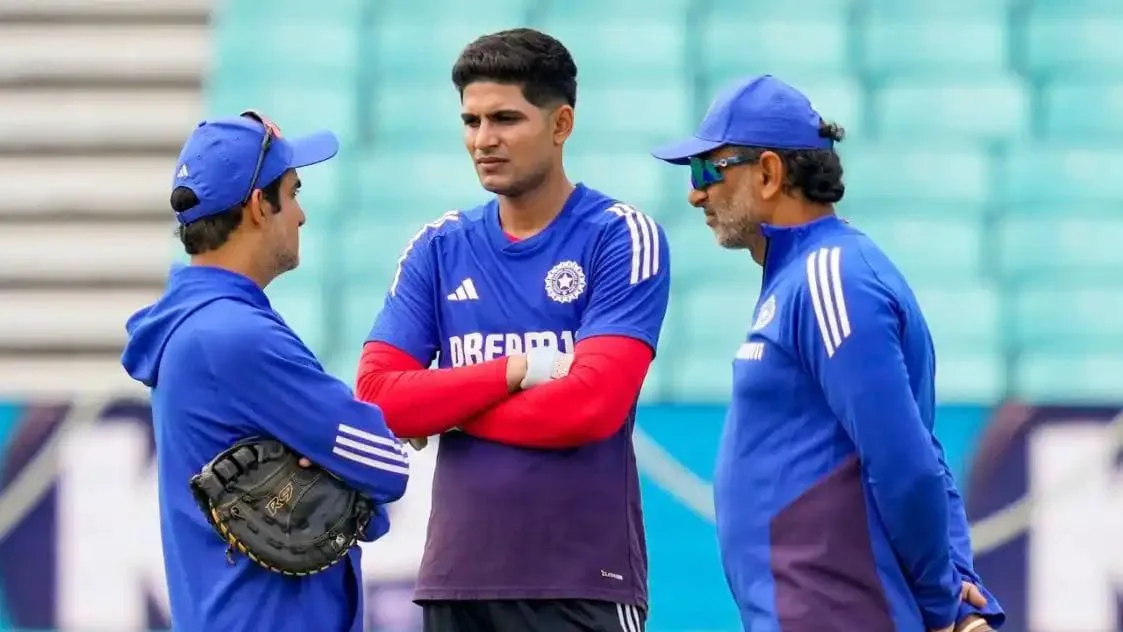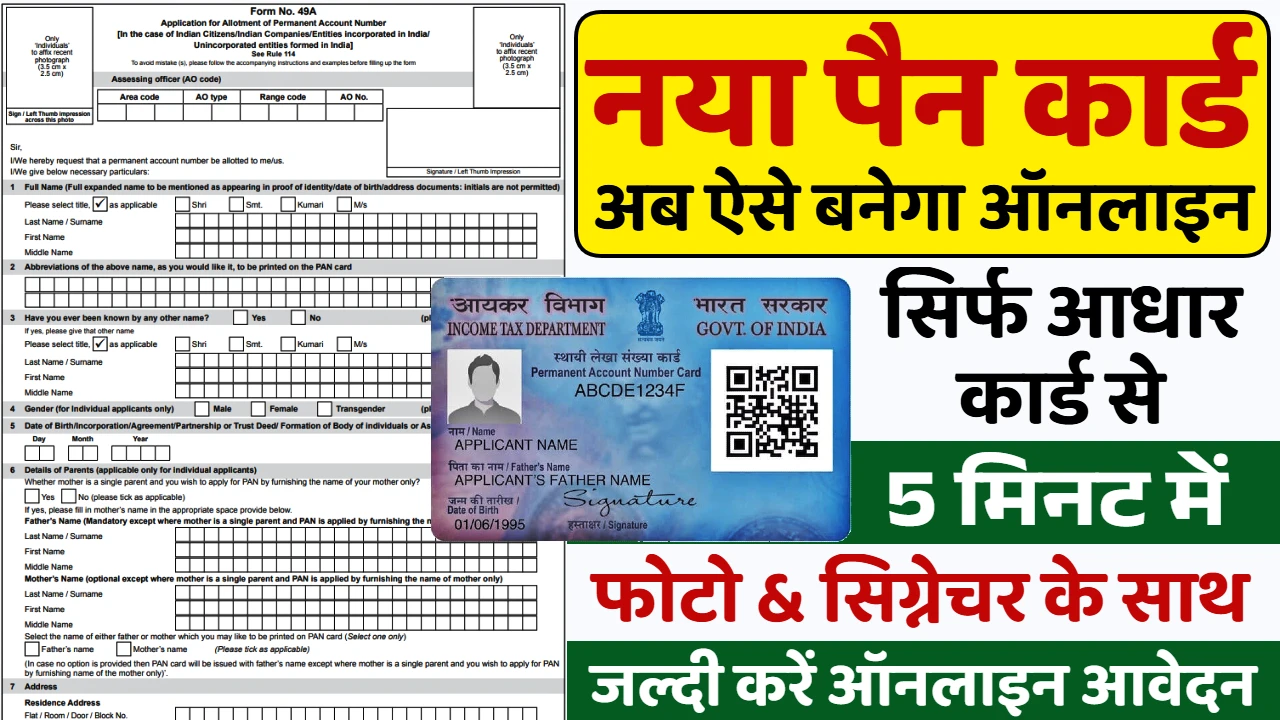Gajar Halwa : As winter’s chill begins to fade, a vibrant and comforting dessert takes center stage in Indian households: Gajar Halwa (गाजर हलवा)! This rich and aromatic carrot pudding, made with grated carrots, milk, sugar, and ghee, is a timeless classic that’s surprisingly easy to create at home. Forget store-bought imitations; this comprehensive guide will empower you to make a truly melt-in-your-mouth Gajar Halwa right in your own kitchen. We’ll explore the essential ingredients, the step-by-step making process, and invaluable tips for achieving that perfect texture and authentic taste.
The Palette of Sweetness: Essential Ingredients for Authentic Gajar Halwa
A truly delightful Gajar Halwa relies on a few key ingredients that, when combined, create its signature sweet and comforting flavor. Here’s what you’ll need:
- Carrots: 1 kg of fresh, juicy carrots, preferably red ones during the winter season for their natural sweetness and color. Ensure they are well-washed and peeled.
- Milk: 1 liter of full-fat milk is recommended for a rich and creamy texture. You can also use whole milk.
- Sugar: ¾ to 1 cup, adjust to your sweetness preference and the natural sweetness of the carrots.
- Ghee: ¼ cup of pure ghee is essential for its rich flavor and to aid in the cooking process.
- Cardamom Powder: ½ teaspoon of freshly ground cardamom powder (elaichi) for its fragrant aroma.
- Nuts: ¼ cup of mixed chopped nuts such as almonds, cashews, and pistachios for added texture and crunch.
- Raisins: 2 tablespoons of raisins.
- Saffron Strands (Optional): A pinch of saffron strands soaked in 2 tablespoons of warm milk adds a beautiful color and subtle aroma.
The Simmering Secret: A Step-by-Step Making Process for Perfect Gajar Halwa
Making Gajar Halwa at home is a rewarding process that fills your kitchen with a warm, sweet aroma. Here’s a detailed making process:
- Prepare the Carrots: Grate the carrots finely using a hand grater or a food processor. Ensure there are no large chunks.
- Sauté the Carrots in Ghee: Heat the ghee in a heavy-bottomed pan or kadhai over medium heat. Add the grated carrots and sauté them for about 8-10 minutes, stirring continuously. This step helps to release the raw smell of the carrots and slightly reduces their moisture content.
- Cook with Milk: Add the milk to the sautéed carrots. Bring the mixture to a boil, then reduce the heat to low and let it simmer, stirring occasionally, until all the milk has been absorbed and the carrots have become soft and mushy. This process can take anywhere from 30-45 minutes, depending on the heat and the moisture content of the carrots.
- Add Sugar and Cook Further: Once the milk has mostly evaporated, add the sugar to the carrot mixture. Stir well until the sugar dissolves completely. The mixture will become slightly watery again as the sugar melts. Continue to cook on medium-low heat, stirring frequently, until all the moisture has evaporated and the halwa starts to thicken and leave the sides of the pan.
- Add Flavor and Nuts: Add the cardamom powder and the chopped nuts (reserving some for garnish). If using saffron milk, add it at this stage and stir well to combine. Continue to cook for another 2-3 minutes, stirring constantly, until the halwa reaches your desired consistency – it should be thick and slightly sticky.
- Add Raisins: Add the raisins and mix gently. Cook for another minute until the raisins plump up.
- Garnish and Serve: Transfer the Gajar Halwa to a serving dish. Garnish with the reserved chopped nuts. Serve hot or warm. Gajar Halwa can be enjoyed on its own or with a scoop of vanilla ice cream or a dollop of khoya (reduced milk solids).
Expert Tips for Achieving Gajar Halwa Perfection
Elevate your homemade Gajar Halwa to a truly delightful experience with these essential tips:
- Use Fresh, Sweet Carrots: The quality and sweetness of the carrots directly impact the taste of the halwa. Opt for fresh, juicy, and naturally sweet carrots, preferably red ones.
- Grate Finely: Finely grated carrots cook faster and result in a smoother texture.
- Sautéing is Key: Don’t skip the step of sautéing the carrots in ghee at the beginning. This helps to release their raw flavor and improves the overall taste.
- Full-Fat Milk for Richness: Using full-fat milk or whole milk will give the halwa a richer and creamier texture.
- Patience is Virtue: Allow the milk to evaporate completely on low heat while stirring occasionally. This slow cooking process enhances the flavor.
- Adjust Sweetness: Taste the halwa before adding all the sugar and adjust the quantity according to the sweetness of the carrots and your preference.
- Freshly Ground Cardamom: Using freshly ground cardamom powder will impart a much better aroma.
- Roast Nuts for Enhanced Flavor: You can lightly roast the nuts in a separate pan before adding them to the halwa for a nuttier flavor.
- Don’t Overcook After Adding Sugar: Once the sugar is added, cook on medium-low heat, stirring frequently, until the moisture evaporates and the halwa thickens. Overcooking after adding sugar can make it chewy.
- Ghee Quantity: While ghee adds richness, you can adjust the quantity slightly to your preference.
- Optional Additions: Feel free to experiment by adding a pinch of nutmeg powder or a few drops of rose water for a different flavor profile.
- Serving Suggestions: Gajar Halwa tastes best when served warm, especially during the winter months.
By following this detailed guide, utilizing quality ingredients, mastering the making process, and incorporating these essential tips, you’ll be well on your way to creating a truly delicious and aromatic homemade Gajar Halwa that will warm your heart and delight your taste buds. Enjoy the sweet symphony of this classic Indian dessert!










